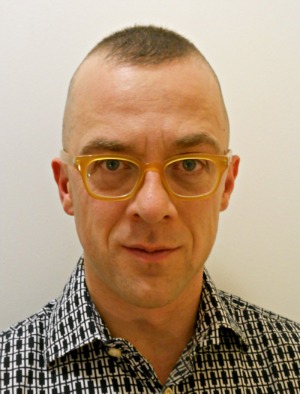 Stem cell research is making significant strides so far this year, advancing in often-unexpected directions.
Stem cell research is making significant strides so far this year, advancing in often-unexpected directions.
The Wall Street Journal reported one of the more interesting developments just last week: Yale University doctors were able to treat a 4-year-old girl's heart defect by implanting a biodegradable scaffolding covered with the patient's bone marrow cells.
Six months after the surgery, the WSJ explains, the stem cells went away, the scaffolding disappeared, leaving behind a bioengineered construct very much akin to a typical "blood vessel." The stem cells also disappeared, moving on after they appeared to have helped induce the regeneration.
The promising research finding is just the latest in an onslaught of stem cell research breakthroughs in recent months. Admittedly, much of it is at the preclinical, academic level, but some, like the WSJ news, have involved human trials that could be potential game changers.
This year, so far (just three months, mind you), we've seen researchers re-create a full human immune system in mice, using bone marrow stem cells. Scientists deployed human eye stem cells to repair glaucoma damage in rats, and embryonic stem cell-derived retinal cells to partially restore vision in patients with macular degeneration. Organ donor stem cells allowed 5 patents with kidney transplants to wean themselves off organ rejection drugs. Stem cells reduced heart attack damage in mice. Scientists morphed human ovarian stem cells into eggs, and even slowed the advance of kidney disease by way of amniotic fluid-derived stem cells.
I'm not saying that stem cell research has turned a corner, and that advances will only accelerate in the days and weeks to come. While I hope that comes to pass, for every research achievement, there will continue to be a number of setbacks. In January, for example, Osiris Therapeutics gave an update on an ongoing mid-stage study revealing that an adult stem cell treatment for Type 1 diabetes hasn't been any better than a placebo as far as a key endpoint (We'll see in a year if the results improve.). Advanced Cell Technology ($ACTC) generated the encouraging results with the two patients suffering from macular degeneration, but many more tests are needed to see if the treatment will work in a wider group of patients. Definitive results are likely years away.
Still, even at the early stage, the results are encouraging. Researchers are likely buoyed by the promising progress in animal testing. I hope they'll get funding to continue their work. At the same time, however, I fear that some of the advances--particularly through the use of embryonic stem cells--will become one-time, isolated achievements, particularly in the U.S. where the technique remains controversial. Private funding sources continue to be an option, but government funding of embryonic stem cell research is likely to continue to be a political hot potato here in the U.S. in the years to come. -- Mark Hollmer (Twitter | email)